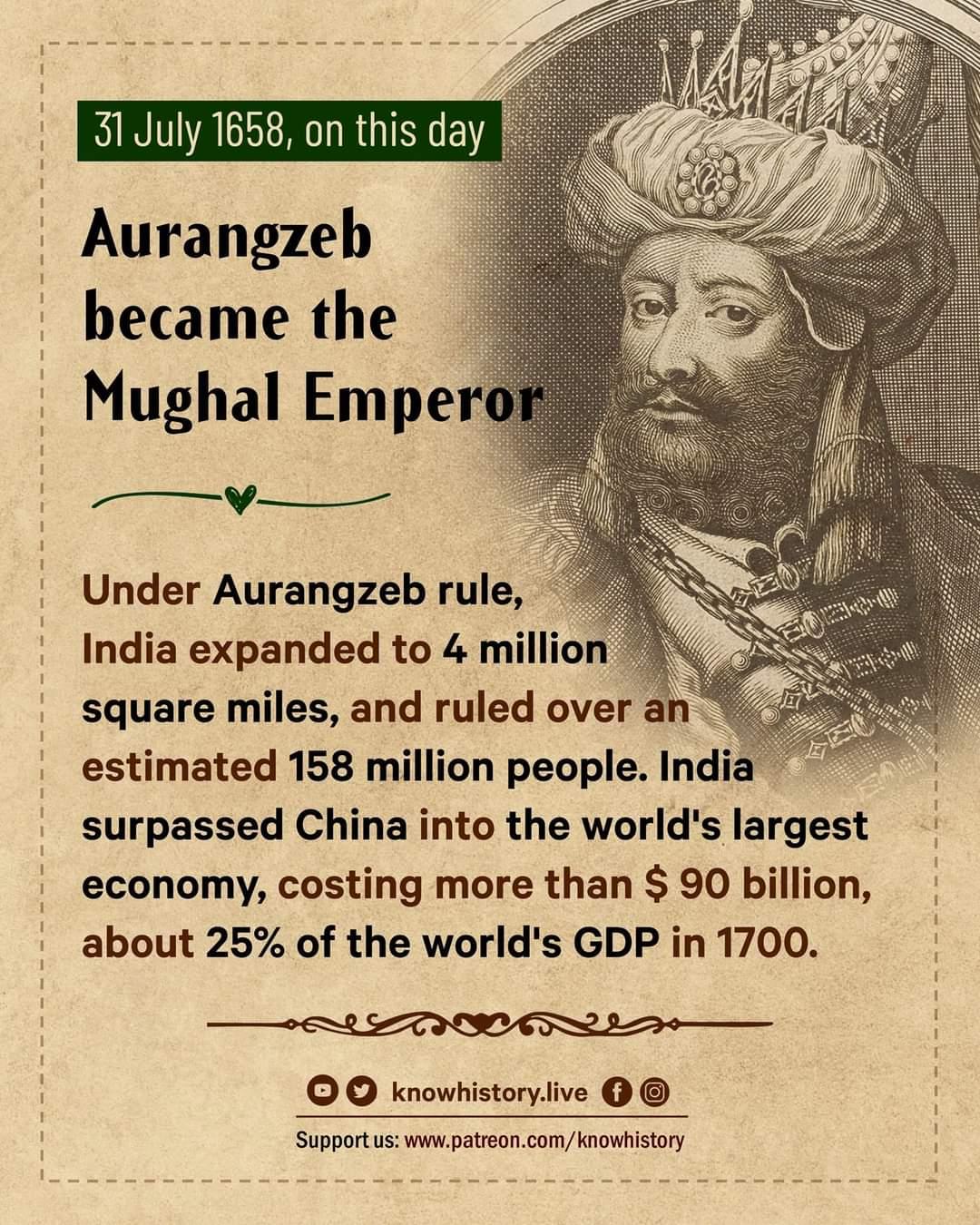**#Pakistan: Güney Asya'nın Tarih, Kültür ve Doğa Mücevheri!**
**Coğrafi Konum**:
Güney Asya'da bulunan Pakistan, Hindistan , Çin , Afganistan , İran ile sınır komşusudur ve Arap Denizi boyunca uzun bir kıyı şeridine sahiptir, bu da onu Doğu ile Batı arasında stratejik bir kavşak noktası yapar.
**Başkent**:
İslamabad—zarif mimarisi ve yemyeşil bitki örtüsüyle modern bir şehir . Dünyanın en büyük camilerinden biri olan **Faisal Camii** 'ye ev sahipliği yapmaktadır.
**Bağımsızlık Tarihi**:
Pakistan, Müslümanlar için ayrı bir devlet savunan İki Millet Teorisi kapsamında **Muhammed Ali Cinnah** önderliğinde **14 Ağustos 1947** 'de Hindistan'dan bağımsızlığını kazandı.
**Din ve Çeşitlilik**:
İslam, Sünniler, Şiiler ve Sufiler de dahil olmak üzere nüfusun **%96**'sını oluşturan Müslümanlarla resmi dindir. Hinduizm, Hristiyanlık ve Sihizm gibi azınlık dinleri de ülkenin zengin kültürel dokusuna katkıda bulunur.
**Büyük Şehirler**:
**Karaçi** : Canlı pazarları ve kıyı güzelliğiyle bilinen ekonomik merkez ve en büyük şehir.
**Lahor** : **Badshahi Camii** ve Shalimar Bahçeleri'nin bulunduğu kültürel ve tarihi merkez.
**İslamabad** : Organizasyonu ve doğal güzelliğiyle bilinen modern başkent.
**Peşaver** : Geleneksel çarşıları ve mutfağıyla ünlü, Hayber Geçidi yakınlarında derin bir tarihe sahip bir şehir.
**Ketta** : Dağlarla çevrili, ılıman bir iklim ve muhteşem manzaralar sunan Belucistan'ın başkenti.
**Ekonomi**:
özellikle buğday ve pamuk olmak üzere tarıma ve tekstil ve teknoloji gibi imalat endüstrilerine dayanır. Ülke ayrıca kömür ve gaz gibi doğal kaynaklar açısından da zengindir.
**Turizm ve Doğal Güzellik**:
Yüksek **Karakoram Dağları**'ndan nefes kesici **Hunza ve Swat Vadileri**'ne kadar, Pakistan eşsiz bir doğal çeşitliliğe sahiptir! Ayrıca İndus Vadisi Uygarlığı'nın bir kalıntısı olan **Mohenjo-Daro** gibi tarihi yerlere de ev sahipliği yapmaktadır.
**Eğlenceli Bilgiler**:
Dünyanın ikinci en yüksek zirvesi olan **K2**'ye ev sahipliği yapmaktadır!
Yerel sanatçılığı sergileyen benzersiz şekilde dekore edilmiş **boyalı otobüsleriyle** ünlüdür!
Uçurtma uçurma kutlaması olan **Basant** gibi canlı festivallere ev sahipliği yapar!
#Pakistan #DoğalGüzellik
#İslamabad #ZenginKültür
**Coğrafi Konum**:
Güney Asya'da bulunan Pakistan, Hindistan , Çin , Afganistan , İran ile sınır komşusudur ve Arap Denizi boyunca uzun bir kıyı şeridine sahiptir, bu da onu Doğu ile Batı arasında stratejik bir kavşak noktası yapar.
**Başkent**:
İslamabad—zarif mimarisi ve yemyeşil bitki örtüsüyle modern bir şehir . Dünyanın en büyük camilerinden biri olan **Faisal Camii** 'ye ev sahipliği yapmaktadır.
**Bağımsızlık Tarihi**:
Pakistan, Müslümanlar için ayrı bir devlet savunan İki Millet Teorisi kapsamında **Muhammed Ali Cinnah** önderliğinde **14 Ağustos 1947** 'de Hindistan'dan bağımsızlığını kazandı.
**Din ve Çeşitlilik**:
İslam, Sünniler, Şiiler ve Sufiler de dahil olmak üzere nüfusun **%96**'sını oluşturan Müslümanlarla resmi dindir. Hinduizm, Hristiyanlık ve Sihizm gibi azınlık dinleri de ülkenin zengin kültürel dokusuna katkıda bulunur.
**Büyük Şehirler**:
**Karaçi** : Canlı pazarları ve kıyı güzelliğiyle bilinen ekonomik merkez ve en büyük şehir.
**Lahor** : **Badshahi Camii** ve Shalimar Bahçeleri'nin bulunduğu kültürel ve tarihi merkez.
**İslamabad** : Organizasyonu ve doğal güzelliğiyle bilinen modern başkent.
**Peşaver** : Geleneksel çarşıları ve mutfağıyla ünlü, Hayber Geçidi yakınlarında derin bir tarihe sahip bir şehir.
**Ketta** : Dağlarla çevrili, ılıman bir iklim ve muhteşem manzaralar sunan Belucistan'ın başkenti.
**Ekonomi**:
özellikle buğday ve pamuk olmak üzere tarıma ve tekstil ve teknoloji gibi imalat endüstrilerine dayanır. Ülke ayrıca kömür ve gaz gibi doğal kaynaklar açısından da zengindir.
**Turizm ve Doğal Güzellik**:
Yüksek **Karakoram Dağları**'ndan nefes kesici **Hunza ve Swat Vadileri**'ne kadar, Pakistan eşsiz bir doğal çeşitliliğe sahiptir! Ayrıca İndus Vadisi Uygarlığı'nın bir kalıntısı olan **Mohenjo-Daro** gibi tarihi yerlere de ev sahipliği yapmaktadır.
**Eğlenceli Bilgiler**:
Dünyanın ikinci en yüksek zirvesi olan **K2**'ye ev sahipliği yapmaktadır!
Yerel sanatçılığı sergileyen benzersiz şekilde dekore edilmiş **boyalı otobüsleriyle** ünlüdür!
Uçurtma uçurma kutlaması olan **Basant** gibi canlı festivallere ev sahipliği yapar!
#Pakistan #DoğalGüzellik
#İslamabad #ZenginKültür
🌍 **#Pakistan: Güney Asya'nın Tarih, Kültür ve Doğa Mücevheri!** 🇵🇰✨
📍 **Coğrafi Konum**:
Güney Asya'da bulunan Pakistan, Hindistan 🇮🇳, Çin 🇨🇳, Afganistan 🇦🇫, İran 🇮🇷 ile sınır komşusudur ve Arap Denizi 🌊 boyunca uzun bir kıyı şeridine sahiptir, bu da onu Doğu ile Batı arasında stratejik bir kavşak noktası yapar.
🏛️ **Başkent**:
İslamabad—zarif mimarisi ve yemyeşil bitki örtüsüyle modern bir şehir 🌳. Dünyanın en büyük camilerinden biri olan **Faisal Camii** 🕌'ye ev sahipliği yapmaktadır.
🗓️ **Bağımsızlık Tarihi**:
Pakistan, Müslümanlar için ayrı bir devlet savunan İki Millet Teorisi kapsamında **Muhammed Ali Cinnah** önderliğinde **14 Ağustos 1947** 🇵🇰'de Hindistan'dan bağımsızlığını kazandı.
🕌 **Din ve Çeşitlilik**:
İslam, Sünniler, Şiiler ve Sufiler de dahil olmak üzere nüfusun **%96**'sını oluşturan Müslümanlarla resmi dindir. Hinduizm, Hristiyanlık ve Sihizm gibi azınlık dinleri de ülkenin zengin kültürel dokusuna katkıda bulunur.
🏙️ **Büyük Şehirler**:
🔹 **Karaçi** 🌊: Canlı pazarları ve kıyı güzelliğiyle bilinen ekonomik merkez ve en büyük şehir.
🔹 **Lahor** 🏛️: **Badshahi Camii** ve Shalimar Bahçeleri'nin bulunduğu kültürel ve tarihi merkez.
🔹 **İslamabad** 🌳: Organizasyonu ve doğal güzelliğiyle bilinen modern başkent.
🔹 **Peşaver** 🏺: Geleneksel çarşıları ve mutfağıyla ünlü, Hayber Geçidi yakınlarında derin bir tarihe sahip bir şehir.
🔹 **Ketta** ⛰️: Dağlarla çevrili, ılıman bir iklim ve muhteşem manzaralar sunan Belucistan'ın başkenti.
📈 **Ekonomi**:
özellikle buğday ve pamuk olmak üzere tarıma 🌾 ve tekstil ve teknoloji 📱 gibi imalat endüstrilerine dayanır. Ülke ayrıca kömür ve gaz gibi doğal kaynaklar açısından da zengindir.
⛰️ **Turizm ve Doğal Güzellik**:
Yüksek **Karakoram Dağları**'ndan 🏔️ nefes kesici **Hunza ve Swat Vadileri**'ne 🍃 kadar, Pakistan eşsiz bir doğal çeşitliliğe sahiptir! Ayrıca İndus Vadisi Uygarlığı'nın bir kalıntısı olan **Mohenjo-Daro** gibi tarihi yerlere de ev sahipliği yapmaktadır.
💡 **Eğlenceli Bilgiler**:
🔹 Dünyanın ikinci en yüksek zirvesi olan **K2**'ye 🏔️ ev sahipliği yapmaktadır!
🔹 Yerel sanatçılığı sergileyen benzersiz şekilde dekore edilmiş **boyalı otobüsleriyle** 🎨🚌 ünlüdür!
🔹 Uçurtma uçurma kutlaması 🪁 olan **Basant** gibi canlı festivallere ev sahipliği yapar!
#Pakistan #DoğalGüzellik
#İslamabad #ZenginKültür
0 Comments
0 Shares




